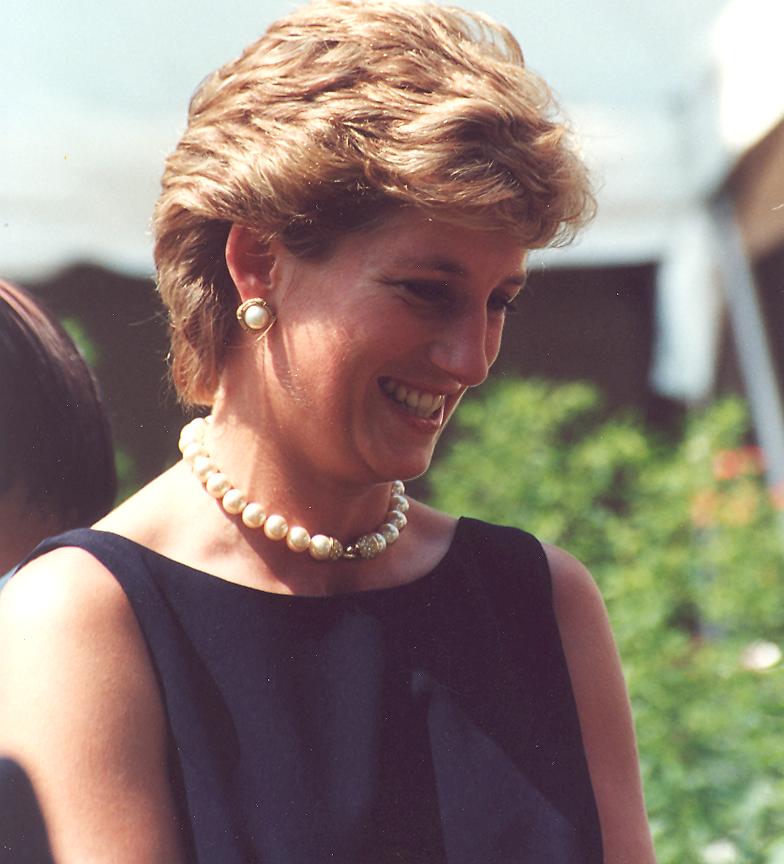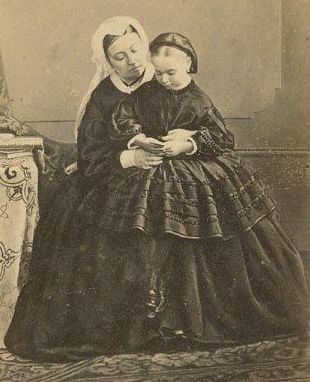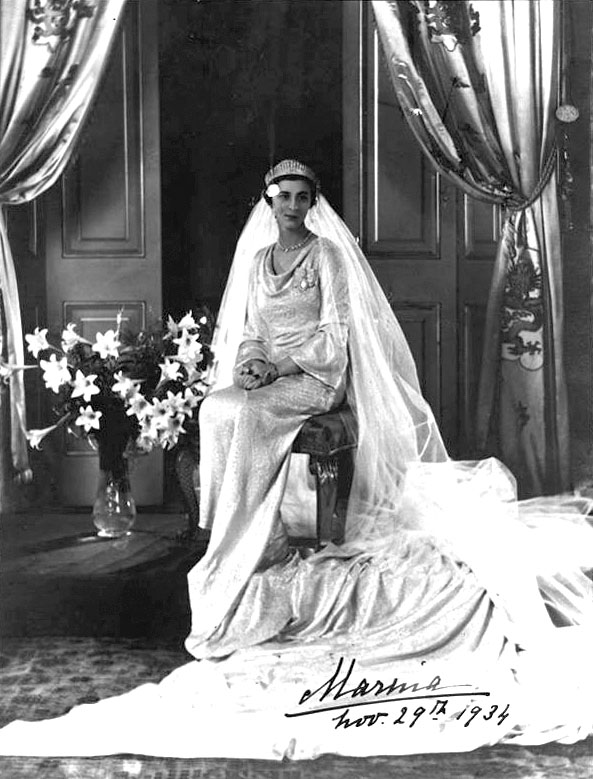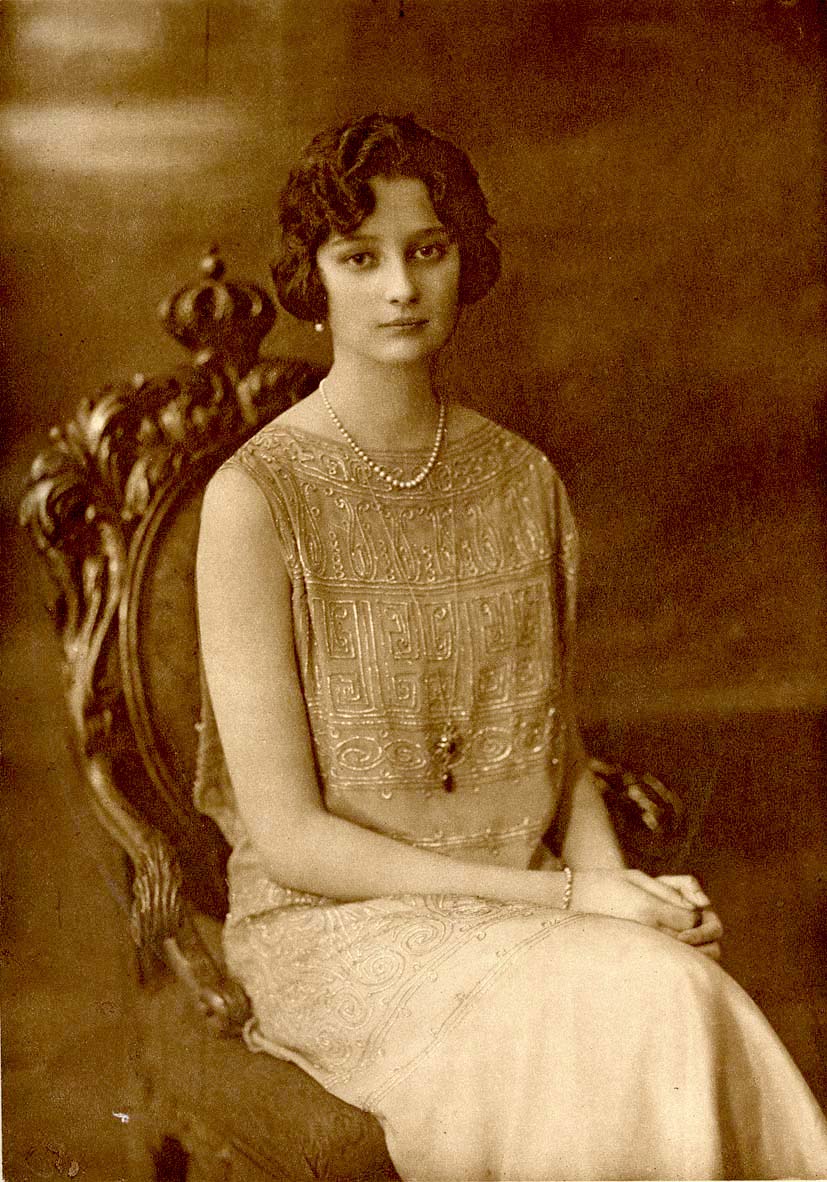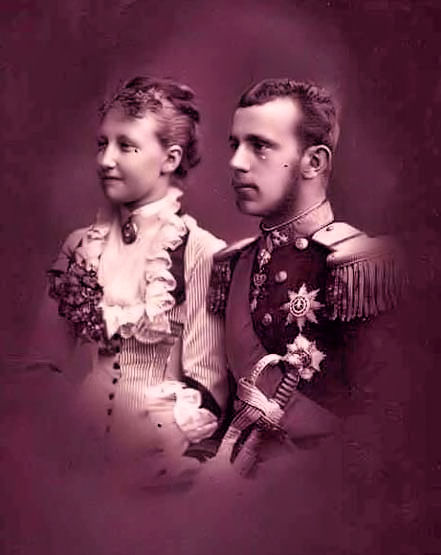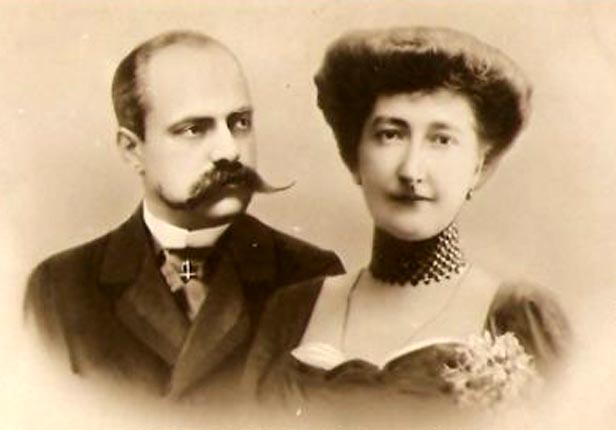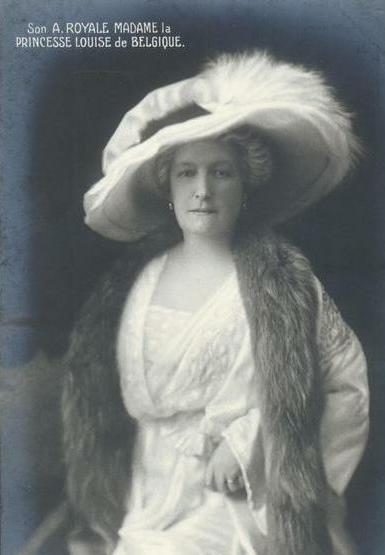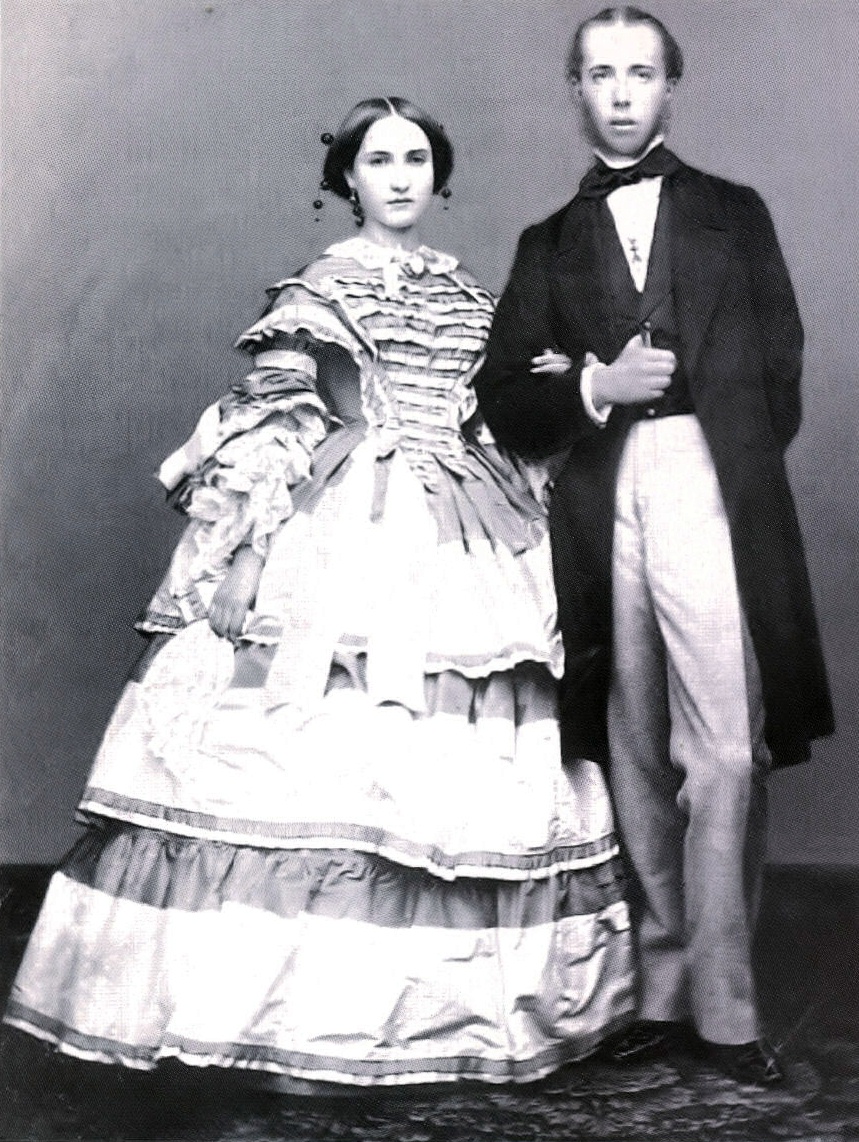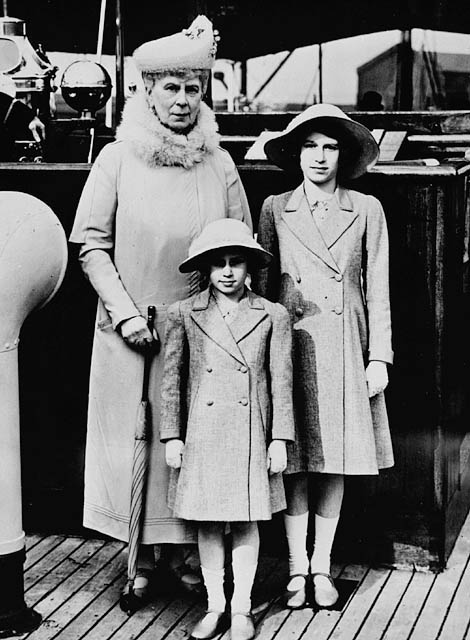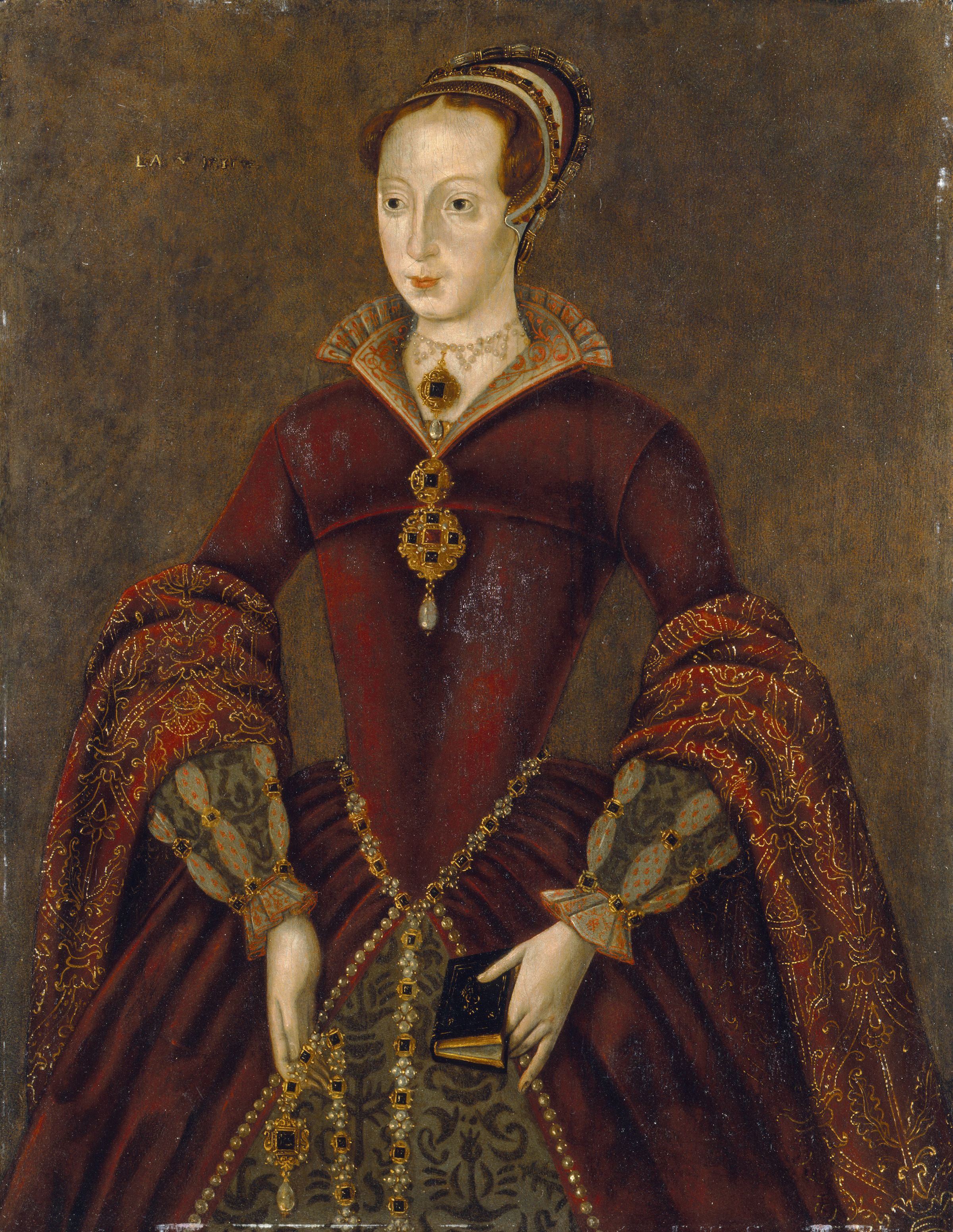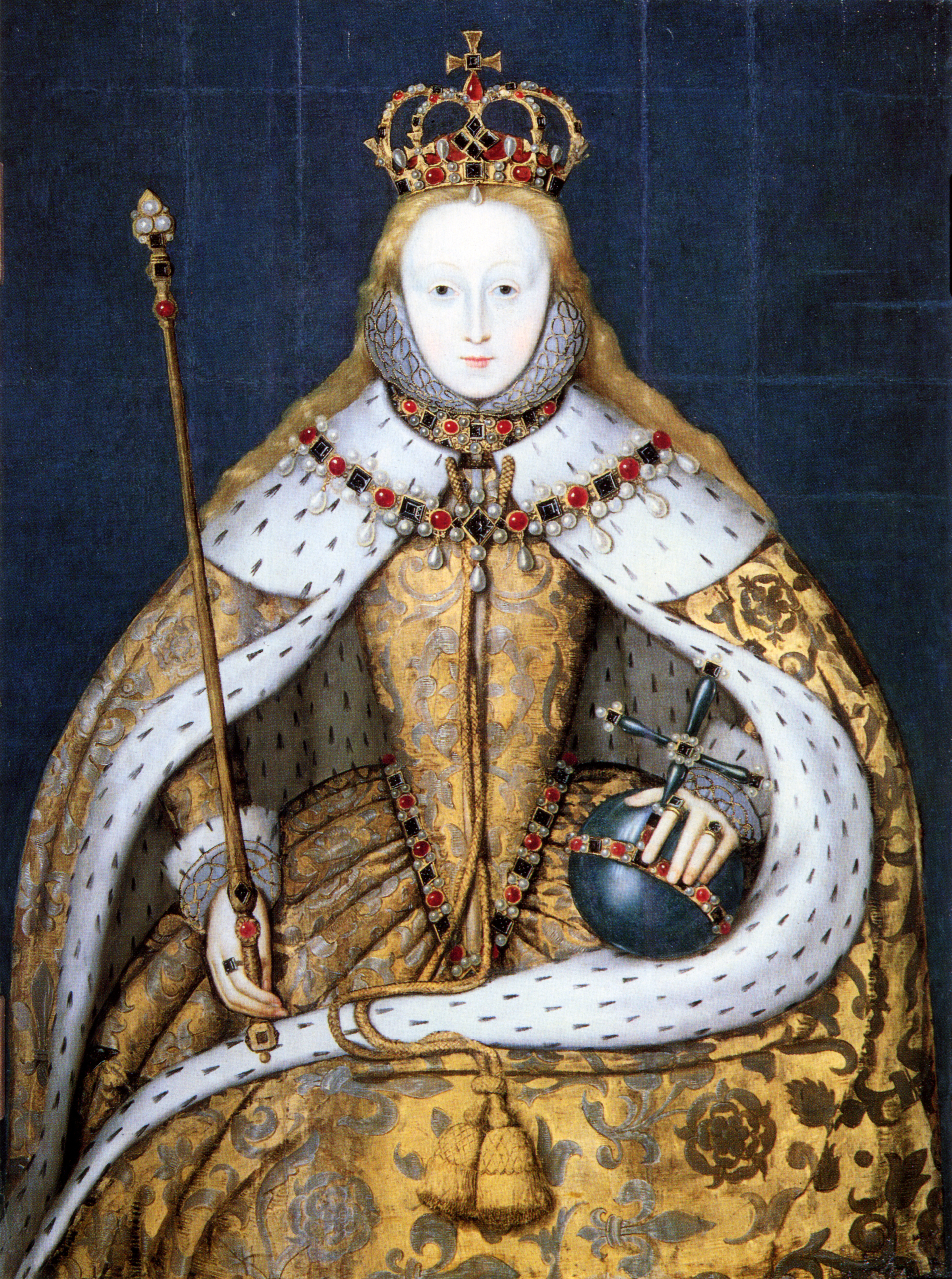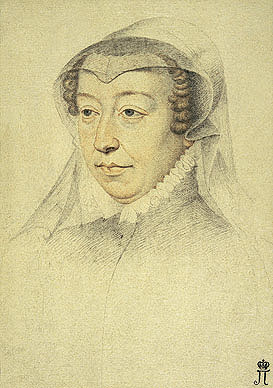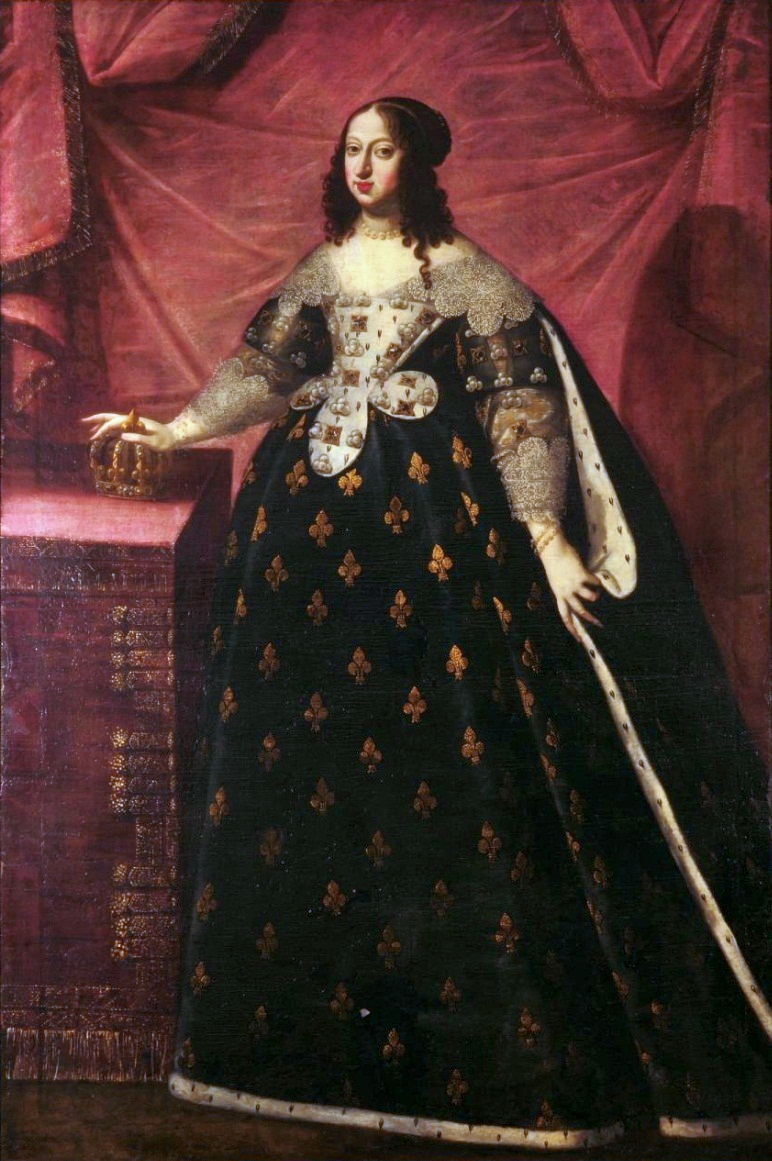The beginning and the end of Princess Diana's public life are marked by unforgettable images. From the naive teenager caught unsuspectingly with the sun streaming through her floral skirt to the tired blue eyes staring through black eyeliner as she pushes her way through the backdoor of the Ritz. Both photos capture Diana the way so many people like to think of her: innocent, trapped, surrounded by paparazzi ready to take advantage of her at every turn.
A 2013 interview with photographer Jason Fraser in the Daily Mail, however, sheds some light on Diana-and-the-Media battle. None of it is really news. Like many celebrities: Diana often tipped photographers about where she was going to be, not only when she was "on duty" but when she was off as well. The photos of her with Prince William and Prince Harry at theme parks didn't just happen. Paparazzi don't wait at theme parks hoping someone significant will show up. And, it could not have surprised her to have pics in her workout clothes when she chose to use a London gym rather than palace facilities. (When they hid a camera indoors, that is another matter.)
The truth is that Diana started a fire that she couldn't put out. At first, it was innocent enough. She didn't know that people would become obsessed with her, but she did know her choice of that strapless black taffeta gown on her first night as royal fiancee would spark a thousand flashbulbs. As her public career developed and her private life disintegrated, Diana's relationship with the press grew more complicated. As she grew in confidence, she realized that having photographers trotting after her could help shine a spotlight on causes that she cared deeply about: AIDS, homelessness, and land mines, for instance.
She also discovered that the media could be useful in her increasingly public battle with her husband. It was she who sent everyone home for the day and let the ITN crews in to conduct that damning interview with Martin Bashir, during which she famously quipped that she wanted to be the "Queen of People's Hearts" and that there were three people in her marriage. (Not good at math, I think, if you add in the men with whom she admittedly had extramarital affairs.) During that same interview she said she didn't want a divorce, but it seems almost specifically designed to make sure she got one. And, it was Diana herself who recorded her deepest secrets and thoughts and smuggled them to Andrew Morton so that he could write, Diana: Her True Story, the book that started the path toward divorce.
Of course, there were plenty of instances of an angry princess waving off the media on ski slopes and outside shops and cafes. But, the Jason Fraser interview indicates that there were also times when Diana invited the media to come too close. The Daily Mail piece focuses particularly on a phone call between Diana and Fraser that is depicted in the new, widely panned biopic, Diana, starring Naomi Watts. In this call, Fraser says Diana tipped him where she would be in the Mediterranean on that last holiday and essentially invited him to take a photo of her kissing Dodi Fayed. That was the kiss seen 'round the world and it lit a firestorm that eventually led to hordes of paparazzi chasing the princess through the pre-dawn streets of Paris.
Whatever her goal was in summoning Fraser, the outcome was greater than Diana apparently anticipated even after 16 years of interacting with the media. Perhaps she had not learned from her experiences with the Morton book and the Bashir interview, or perhaps she was happy with those results. Like many affairs, perhaps she thought she could control desire by giving just one kiss, but the media never take no for an answer--that's their job.
Once you turn them on, you cannot turn them off. It is a lesson that Diana never seems to have fully learned.
A 2013 interview with photographer Jason Fraser in the Daily Mail, however, sheds some light on Diana-and-the-Media battle. None of it is really news. Like many celebrities: Diana often tipped photographers about where she was going to be, not only when she was "on duty" but when she was off as well. The photos of her with Prince William and Prince Harry at theme parks didn't just happen. Paparazzi don't wait at theme parks hoping someone significant will show up. And, it could not have surprised her to have pics in her workout clothes when she chose to use a London gym rather than palace facilities. (When they hid a camera indoors, that is another matter.)
The truth is that Diana started a fire that she couldn't put out. At first, it was innocent enough. She didn't know that people would become obsessed with her, but she did know her choice of that strapless black taffeta gown on her first night as royal fiancee would spark a thousand flashbulbs. As her public career developed and her private life disintegrated, Diana's relationship with the press grew more complicated. As she grew in confidence, she realized that having photographers trotting after her could help shine a spotlight on causes that she cared deeply about: AIDS, homelessness, and land mines, for instance.
She also discovered that the media could be useful in her increasingly public battle with her husband. It was she who sent everyone home for the day and let the ITN crews in to conduct that damning interview with Martin Bashir, during which she famously quipped that she wanted to be the "Queen of People's Hearts" and that there were three people in her marriage. (Not good at math, I think, if you add in the men with whom she admittedly had extramarital affairs.) During that same interview she said she didn't want a divorce, but it seems almost specifically designed to make sure she got one. And, it was Diana herself who recorded her deepest secrets and thoughts and smuggled them to Andrew Morton so that he could write, Diana: Her True Story, the book that started the path toward divorce.
Of course, there were plenty of instances of an angry princess waving off the media on ski slopes and outside shops and cafes. But, the Jason Fraser interview indicates that there were also times when Diana invited the media to come too close. The Daily Mail piece focuses particularly on a phone call between Diana and Fraser that is depicted in the new, widely panned biopic, Diana, starring Naomi Watts. In this call, Fraser says Diana tipped him where she would be in the Mediterranean on that last holiday and essentially invited him to take a photo of her kissing Dodi Fayed. That was the kiss seen 'round the world and it lit a firestorm that eventually led to hordes of paparazzi chasing the princess through the pre-dawn streets of Paris.
Whatever her goal was in summoning Fraser, the outcome was greater than Diana apparently anticipated even after 16 years of interacting with the media. Perhaps she had not learned from her experiences with the Morton book and the Bashir interview, or perhaps she was happy with those results. Like many affairs, perhaps she thought she could control desire by giving just one kiss, but the media never take no for an answer--that's their job.
Once you turn them on, you cannot turn them off. It is a lesson that Diana never seems to have fully learned.
